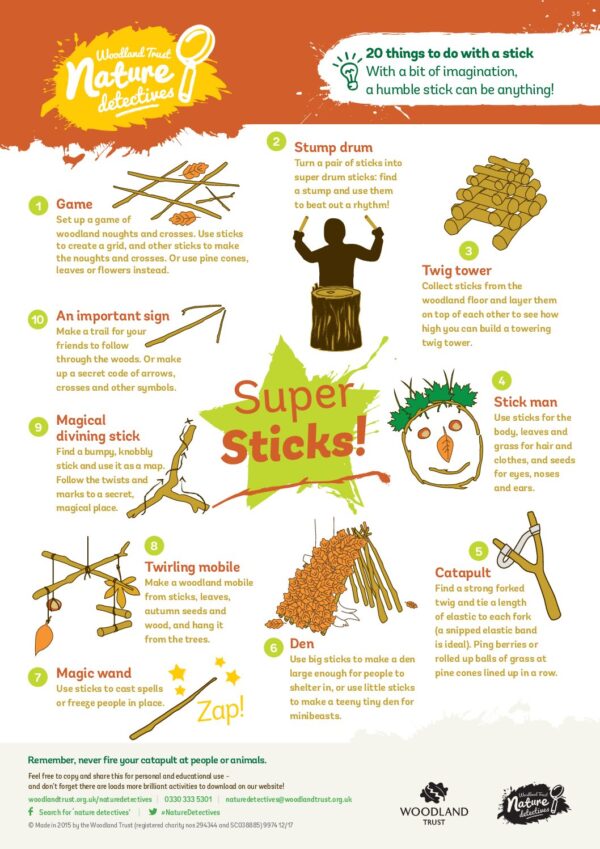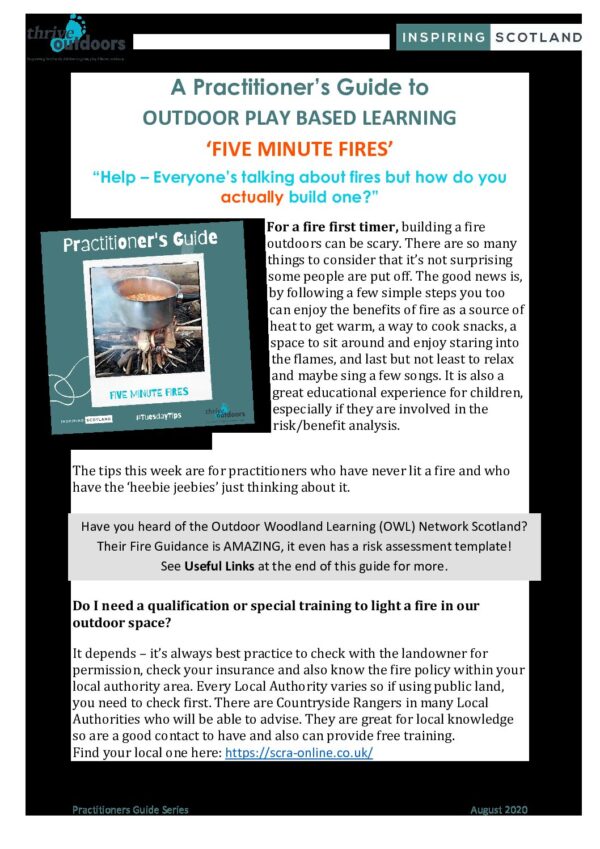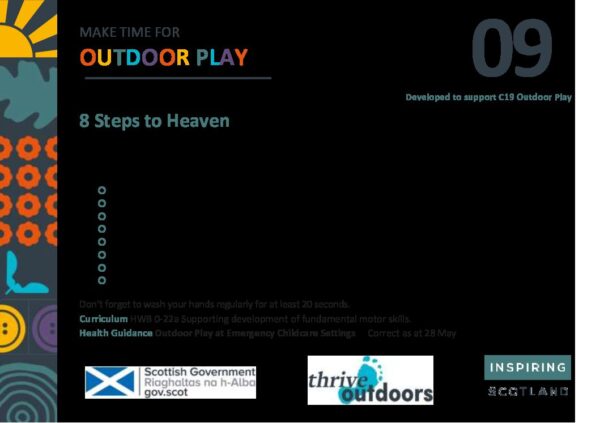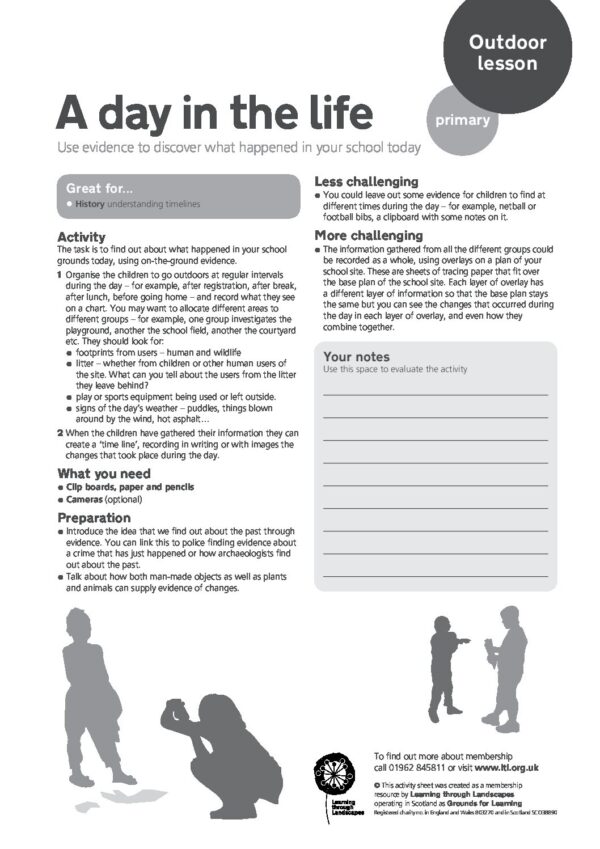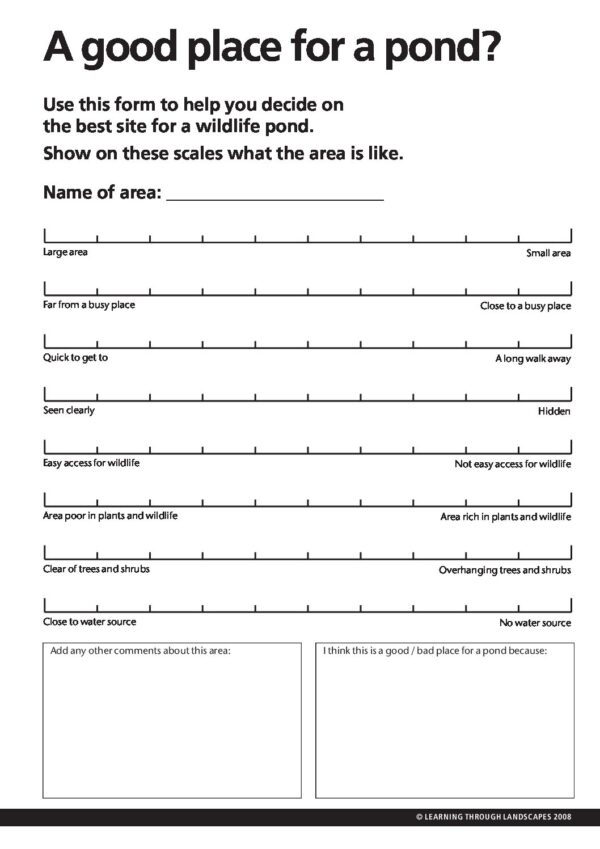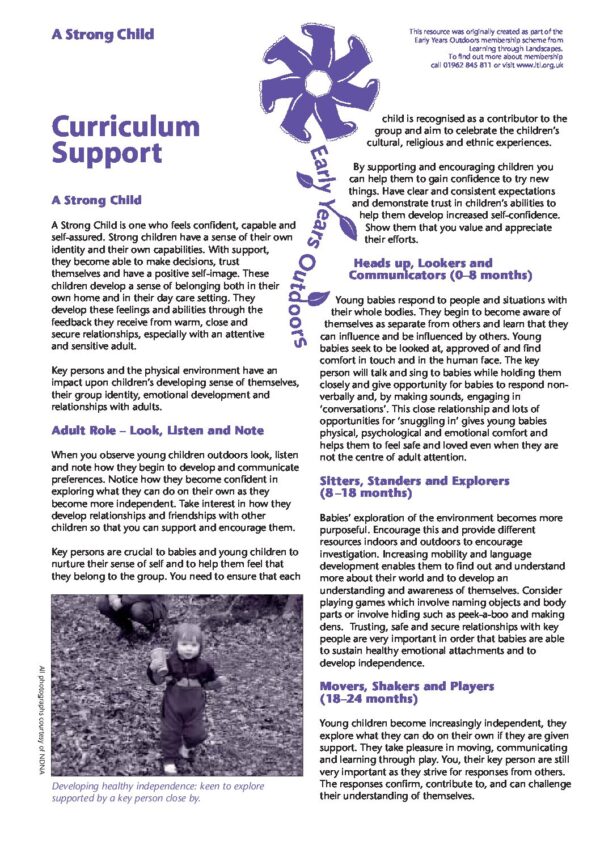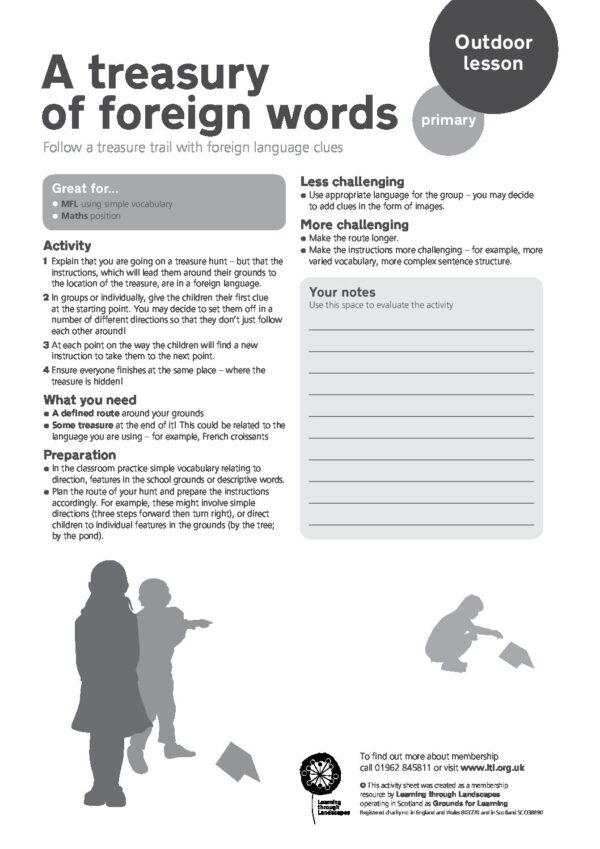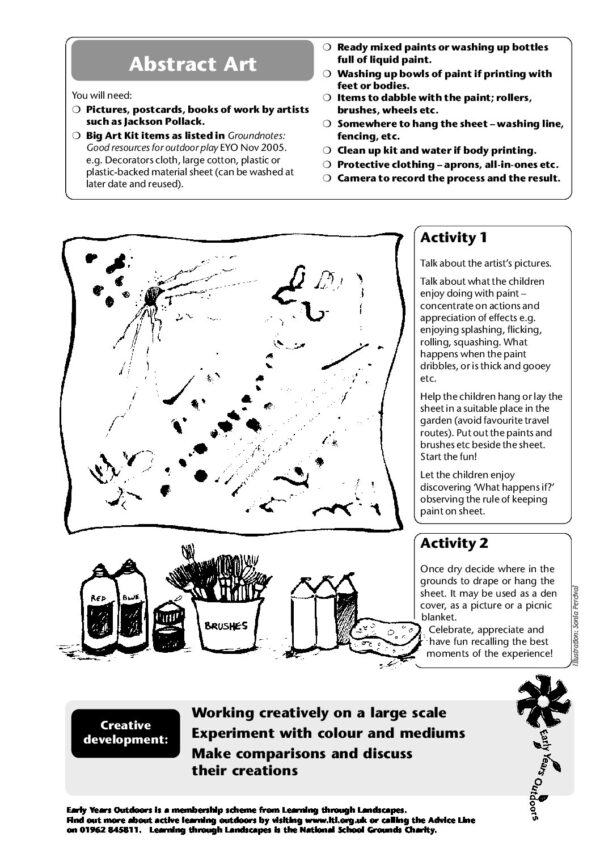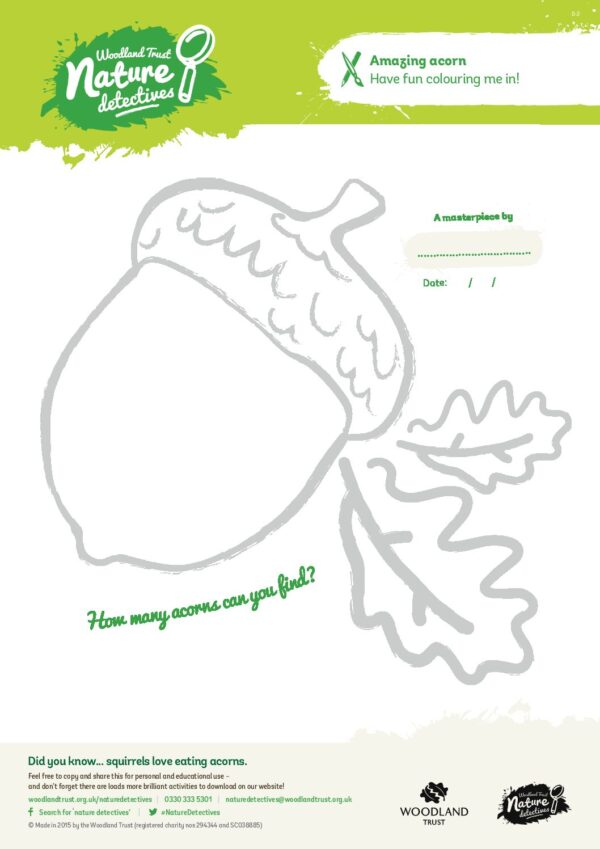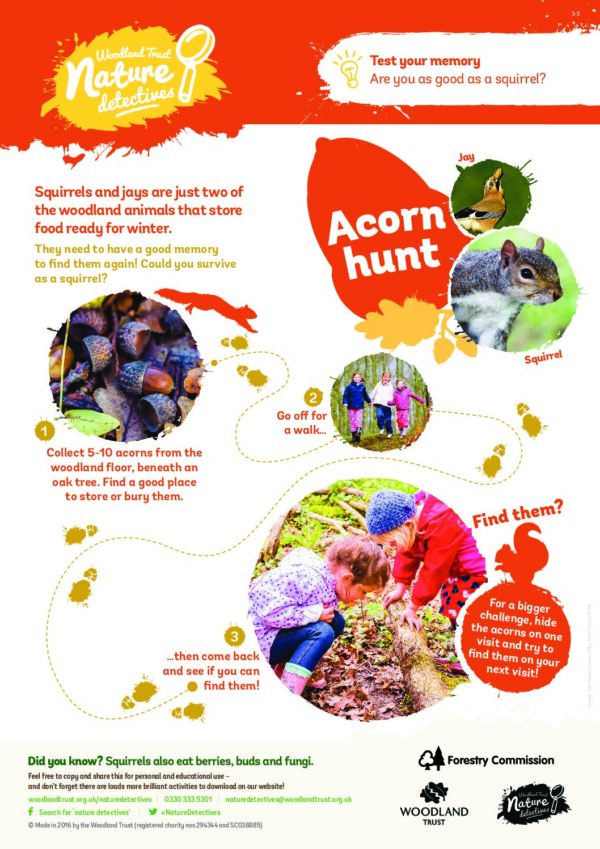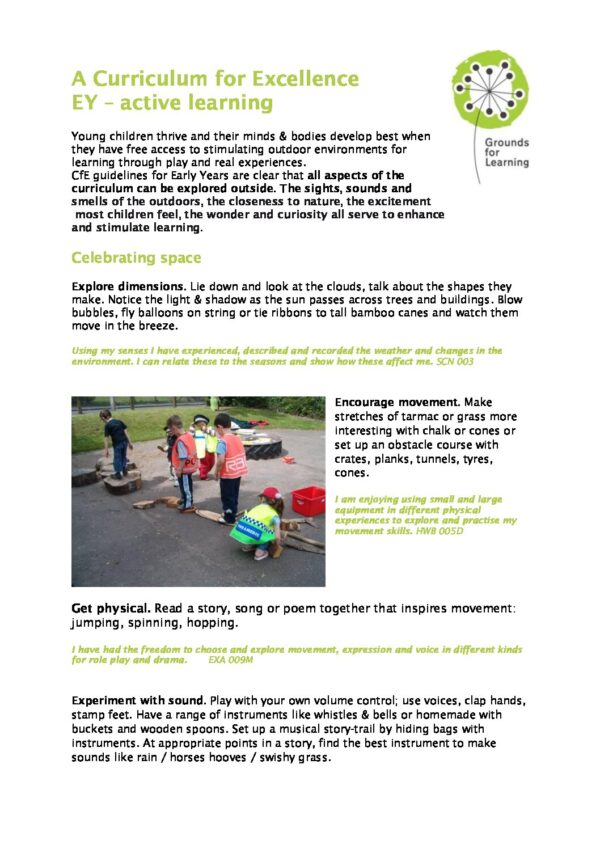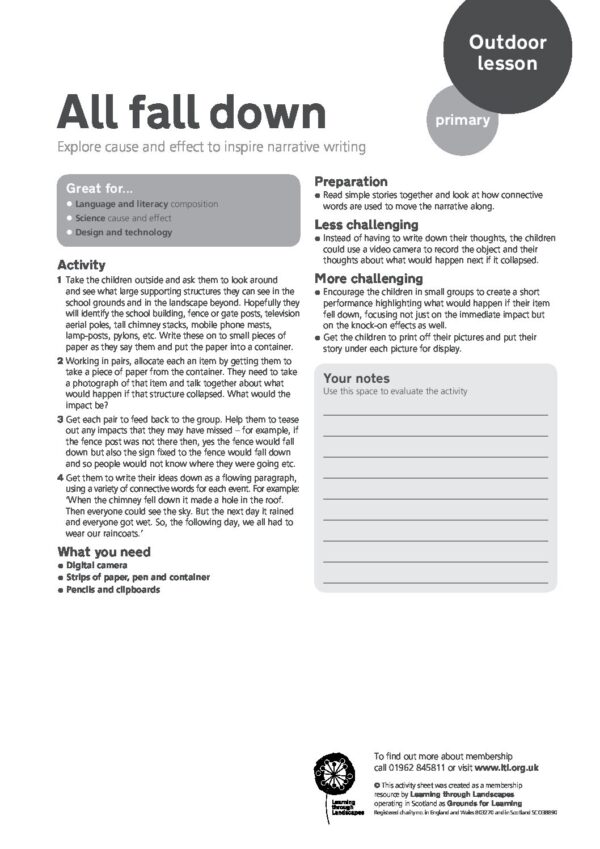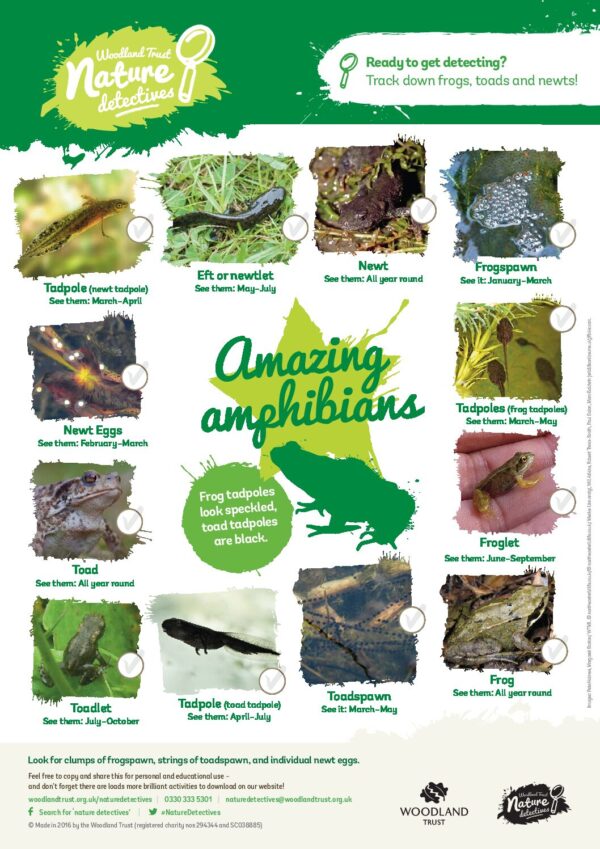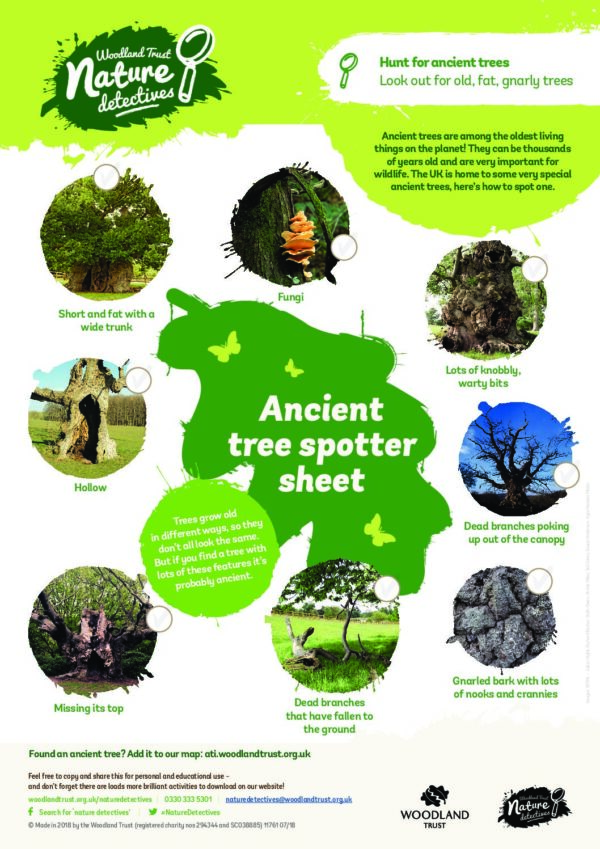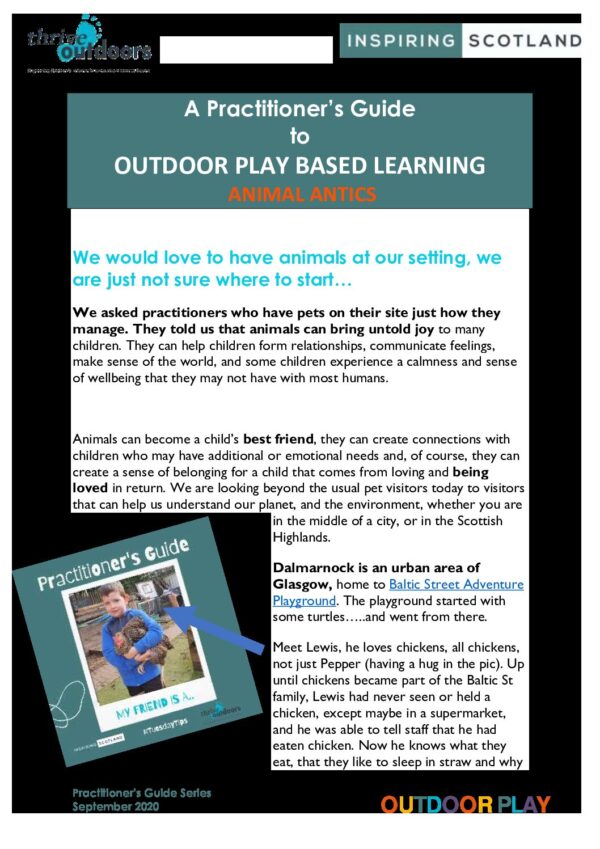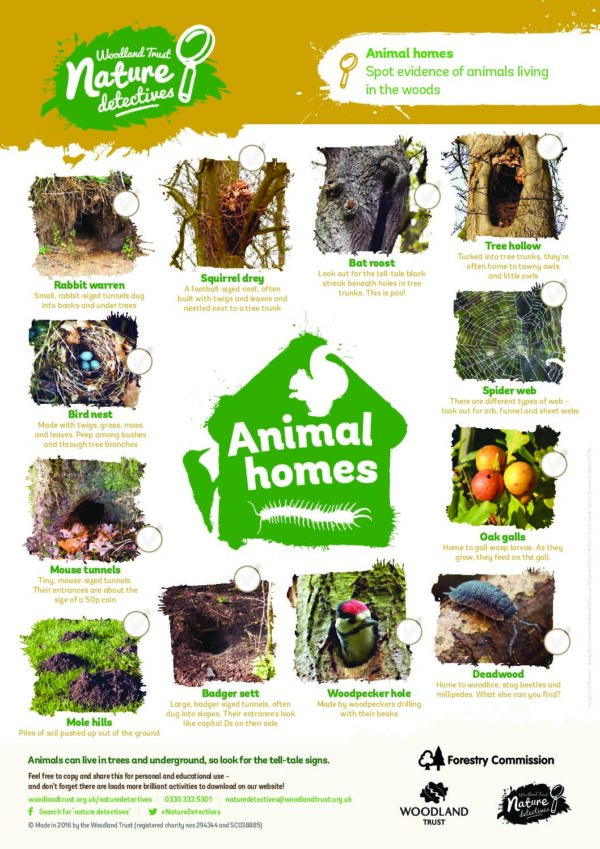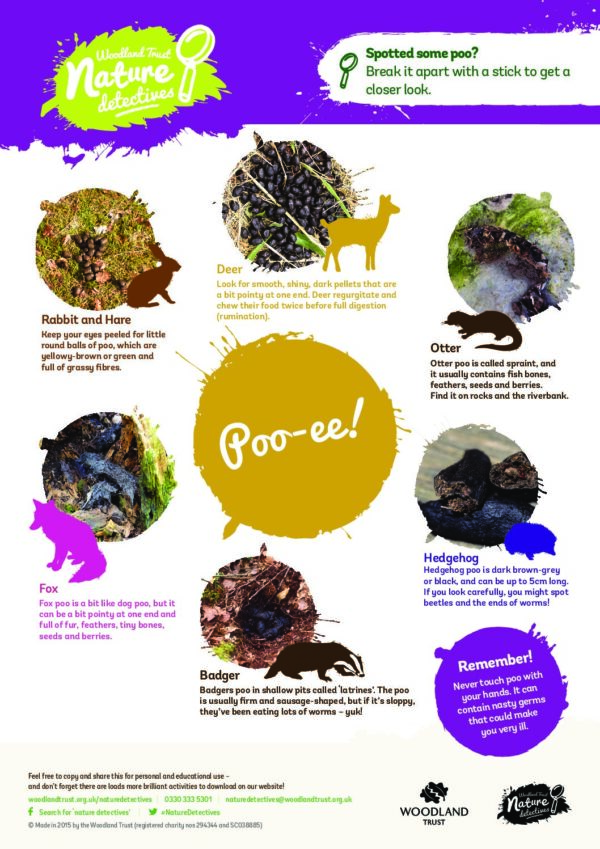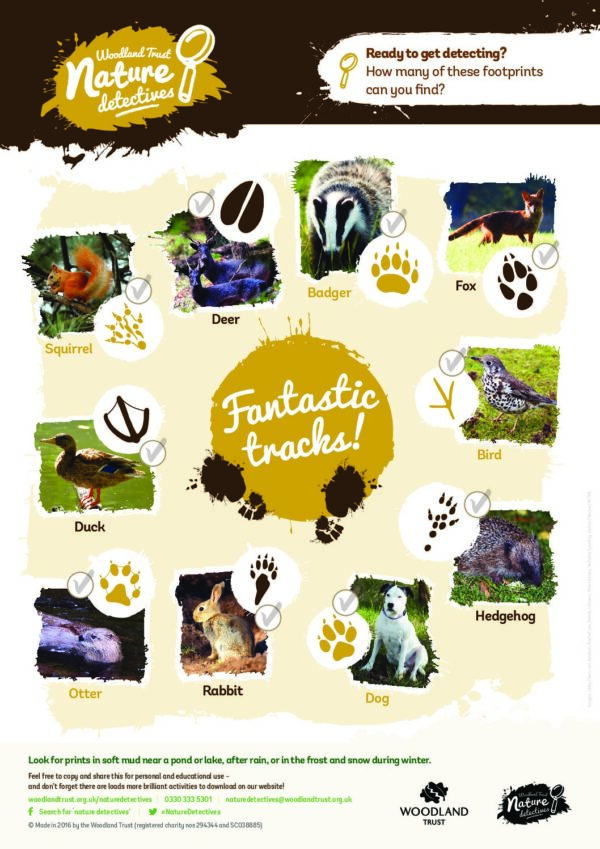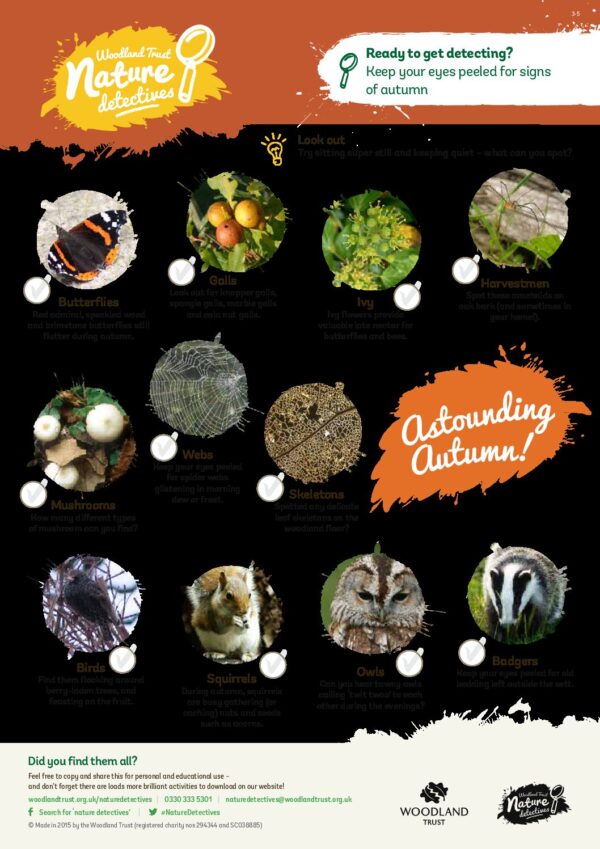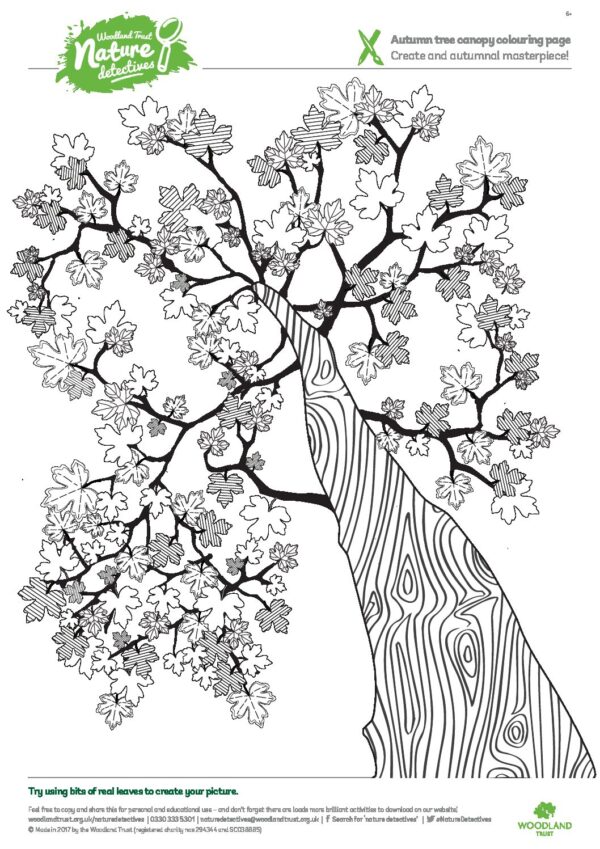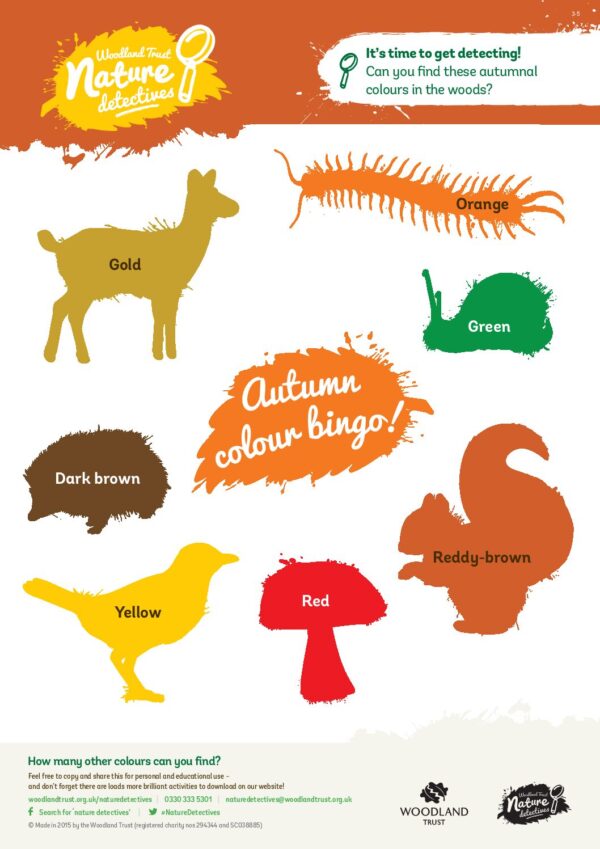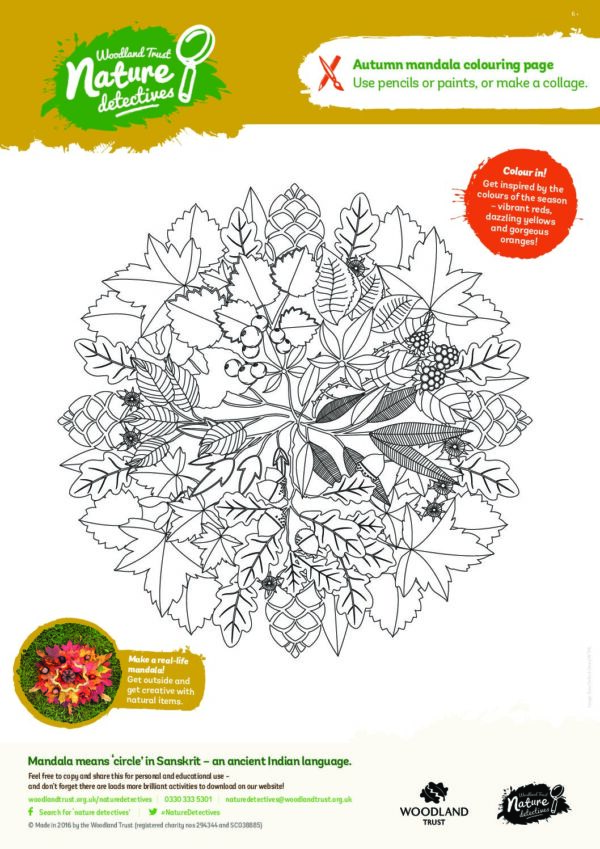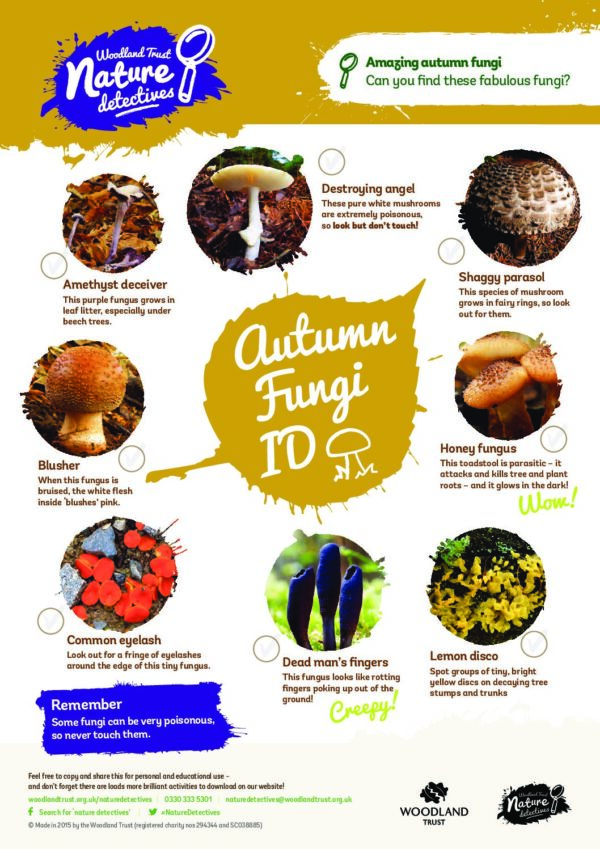Outdoor Activities
All you need is a stick and your imagination! Sticks are so much fun next time you’re in the woods, gather some up and get creative. Work your way through our list and tick off as many as you can Can you think up any of your own twiggy activities? Some are super simple, but you might need friends and family to help you with the others! Use sticks of different shapes and sizes for different activities.
For a fire first timer, building a fire outdoors can be scary. There are so many things to consider that it’s not surprising some people are put off. The good news is, by following a few simple steps you too can enjoy the benefits of fire as a source of heat to get warm, a way to cook snacks, a space to sit around and enjoy staring into the flames, and last but not least to relax and maybe sing a few songs. It is also a great educational experience for children, especially if they are involved in the risk/benefit analysis.
Activities to get your class energised and ready to start Forest School
The task is to find out about what happened in your school grounds today, using on-the-ground evidence
Use this form to help you decide on the best site for a wildlife pond.
A Strong Child is one who feels confident, capable and self-assured. Strong children have a sense of their own identity and their own capabilities. With support, they become able to make decisions, trust themselves and have a positive self-image.
A Strong Child is one who feels confident, capable and self-assured. Strong children have a sense of their own identity and their own capabilities. With support, they become able to make decisions, trust themselves and have a positive self-image.
Working creatively on a large scale Experiment with colour and mediums Make comparisons and discuss their creations
Colour in this acorn with your little one – will it be green, brown or brightly coloured? Help your mini Nature Detective bring out their inner artist. Go hunting for acorns and get inspired Try making an collage using leaves, twigs and acorn caps Can you fingerpaint your acorn? Maybe you could help your little one make a giant oak tree and hang your acorn from it?
Is your memory as good as a squirrel s? Head to the woods and hunt for hidden acorns! Pretend you’re a squirrel and collect some acorns. Hide them under a log, in the trunk of a tree, buried under some leaves Explore a different part of the wood, then come back and see if you remember where you hid them!
Young children thrive and their minds & bodies develop best when they have free access to stimulating outdoor environments for learning through play and real experiences.
Take the children outside and ask them to look around and see what large supporting structures they can see in the school grounds and in the landscape beyond.
Identify frogs, toads and newts. Learn about life cycles with our handy guide! Use it to spot the different stages of amphibian life: Look in ponds and slow-moving streams Spot eggs in clumps, strings and carefully wrapped around water plants Tadpoles come in different shapes, sizes and colours can you identify them? Eggs, tadpoles and young amphibians appear at different times, so keep your eyes peeled throughout spring and summer!
Learn how to identify the UK’s oldest trees. Look for trees that are: Short and fat, with wide trunks Hollow Covered in knobbly, warty bits Missing their crown (top) Rough and craggy, with lots of nooks and crannies in the bark Home to heaps of fungi, mosses and lichens Trees grow old in different ways, so they don’t all look like this. But if you find a tree with lots of these features there’s a good chance it’s ancient. Did you know? Ancient trees are among the oldest living things on the planet! They can be thousands of years old and are very important for wildlife.
We would love to have animals at our setting, we are just not sure where to start…
Can you find all these animal homes? Mammals, birds and minibeasts live in all sorts of different places. Keep your eyes peeled next time you’re in the woods. What will you find? Some creatures live underground and some live in trees, so look all around you Can you find evidence like poo and fur? An animal might be living nearby Look out for holes in tree trunks, logs or in the ground – they could be doorways to animal homes! Top tip: tread carefully and quietly on your investigation, so you don’t scare any wildlife.
Get ready to track down some poo and identify the animal it came from! If you’ve ever wondered ‘what does hedgehog poo look like?’ or ‘is that fox scat?’ then this is the ID sheet for you! Learn how to track deer, badgers, rabbits, hares, otters, foxes and hedgehogs by their dro_ppings. Some poo will be hard, some will be sloppy and smelly yuk! Look for poo in the woods and in your garden Can you tell what the animal has been eating? Remember never touch the poo you find as it contains nasty germs. If you want to take a closer look, break it apart with a stick.
Get tracking and ID these animal prints. Be a real Nature Detective and head out on an animal tracking adventure. What will you identify? Look in soft ground around water or after rain Keep your eyes peeled during early mornings and evenings Tracks come in lots of different shapes and sizes, so look closely to spot the differences Can you find all the creatures on our sheet? Can you find any others?
To develop curiosity in the local environment and respect for it – To work together as a group – To investigate different shapes in our natural environment – To stimulate creativity
To develop curiosity in the local environment and respect for it – To work together as a group – To promote responsibility among the senior pupils – To investigate different shapes in our natural environment – To stimulate creativity
Get detecting and see how many autumn signs you can find. Make sure you’re paying attention while you’re out and about, Nature Detectives. Look in the trees and on the ground Use all your senses what can you hear, see, touch, smell? Some signs might be super small, so keep your eyes peeled How many signs of autumn have you spotted?
Autumn colouring chart
How many of these autumnal colours can you find? Keep your eyes peeled for all these amazing colours next time you’re out and about. You might find some colours in surprising places Look on the ground and in the tree tops what can you see? Some colours might appear more than once Did you manage to find any other colours? Which was your favourite?
Unleash your creativity with paints, pastels or colouring pencils. Get inspired by the colours of the season – vibrant reds, dazzling yellows and gorgeous oranges. Colour in the leaves, berries and seeds on this autumn-themed mandala. Then have a go at making one outside with real natural items!
Rainy autumn days are the best for spotting fungi. Keep your eyes peeled next time you’re playing in the woods. Fungi come in all sorts of shapes and sizes some are really tiny and some can be as big as your head! Some fungi are parasitic, which means they live off other organisms Search for mushrooms under leaf litter and on dead wood Remember never touch any fungi. They can be very poisonous.

